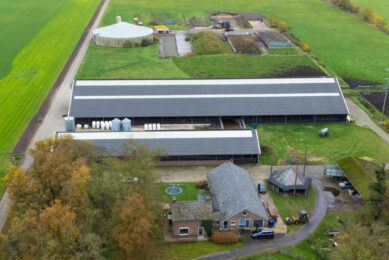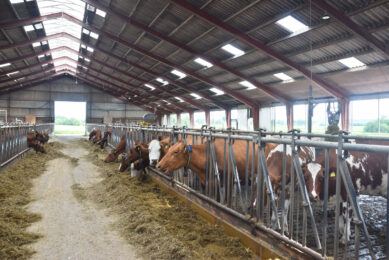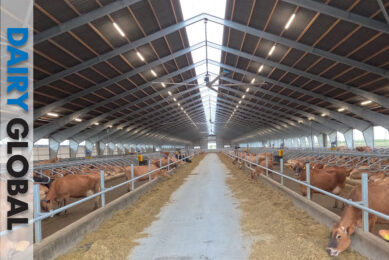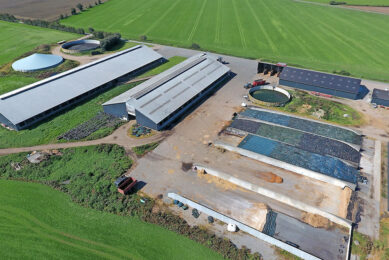Reducing risk of injuries on dairy farms
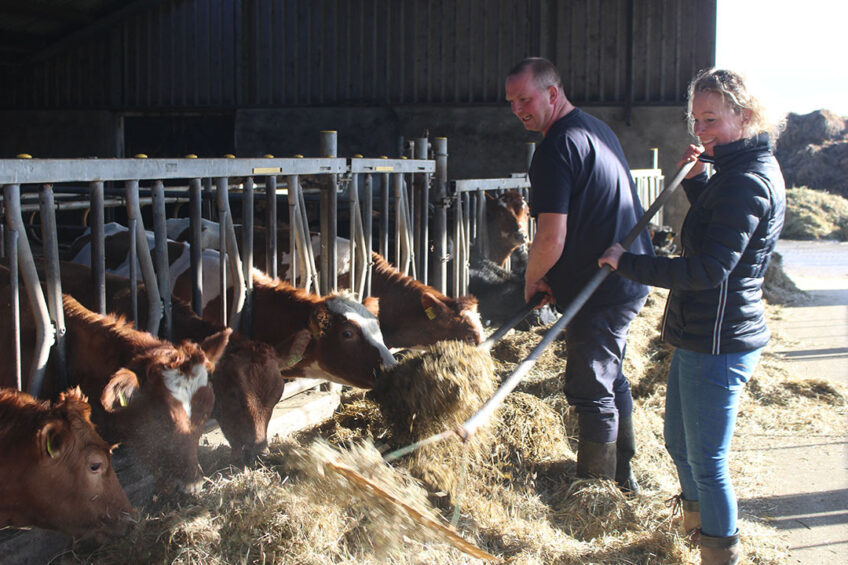
A new study shows that injuries on farms are more likely to occur through interaction with large livestock than any other operations, and that the risk of injury on cattle farms is 3 times higher than on pig farms.
Agriculture is one of the most dangerous working environments globally, according to Noha Mahmoud, a postgraduate researcher from Scotland’s Rural College (SRUC) and Aarhus University. As part of her PhD research project, Mahmoud has developed a method to estimate the risk of injuries during different agricultural operations.
“Despite the technological advancements in agricultural production, the frequency of injuries and fatalities is relatively high. Furthermore, there is a significant under-reporting of agricultural injuries and good statistical data on the relationship between agricultural injuries and the structure of the agricultural production system are unavailable,” says Mahmoud.

Predict and identify risk of injuries
Mahmoud and the research team set out to predict the risk of injuries during different agricultural operations while identifying the impact of future engineering solutions, policy changes, and educational programmes in reducing the level of risk. Their results have been published in a paper published in Sustainability.
Agricultural production systems were divided into a number of different operations (e.g., milking, feed production) and the team used a set of parameters to associate the risk of serious injuries during each operation. By using expert knowledge of a group of 16 representatives of Danish agricultural unions, who were asked to estimate the parameters related to a typical dairy cattle farm and to a pig farm, together with available statistical data, the team established the link between injuries and agricultural production operations to assess the likely impact of changed production operations.
“The parameter estimates for specific operations varied considerably between the 16 participants in our workshop, so we used normalised values to generate comparable results to identify the risk of injuries during production operations,” says Mahmoud.
Crushing, falling, cutting, and poisoning
The researchers discovered that the highest frequency of injuries came from agricultural operations that require direct interaction with animals (for example, moving cattle), and that the risk of injury is 3 times higher on cattle farms than pig farms.
The type of injury varied considerably with crushing, falling, cutting, and poisoning being the most common types of injury. Crushing is estimated to be more frequent on cattle farms than on pig farms, where the risk is greatest during milking, as well as during the movement and treatment of animals.
“Whereas crushing injuries often occur when farmers work in close proximity of the animals, falling injuries were considered mainly to occur during the repair of buildings, and poisoning incidents from manure management operations. Slurry gases for example are odourless and deadly,” Mahmoud explains.
A need for innovative approaches
“Injuries and fatalities in the agricultural sector have high adverse socio-economic effects on farmers and societies and that there is a need for innovative approaches to enable implementing effective preventive interventions. Our method enables the risk of injury to be linked to separate operations and provides the necessary knowledge for prioritising interventions to reduce to limit the number of injuries and to improve the sustainability of agricultural development,” says Mahmoud.



